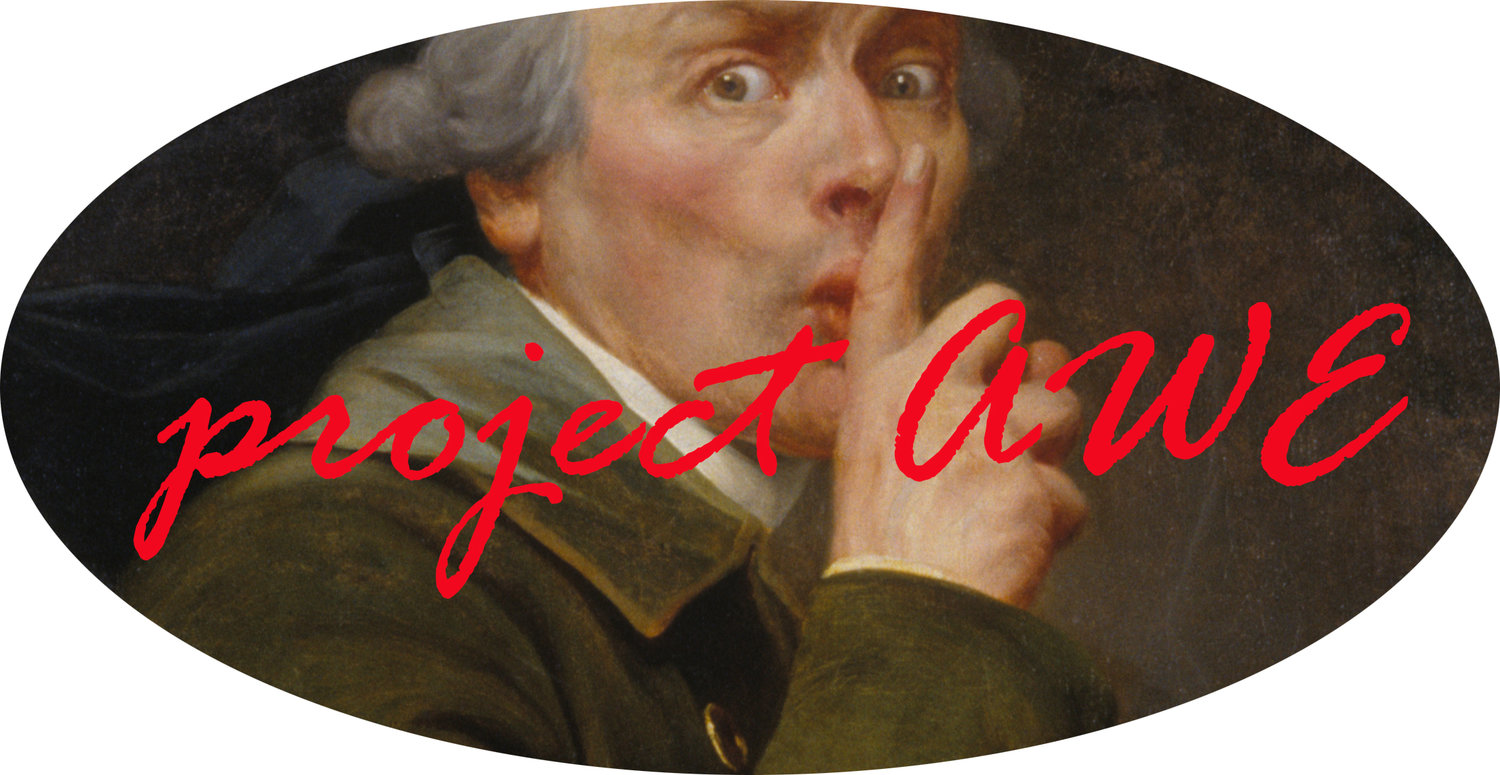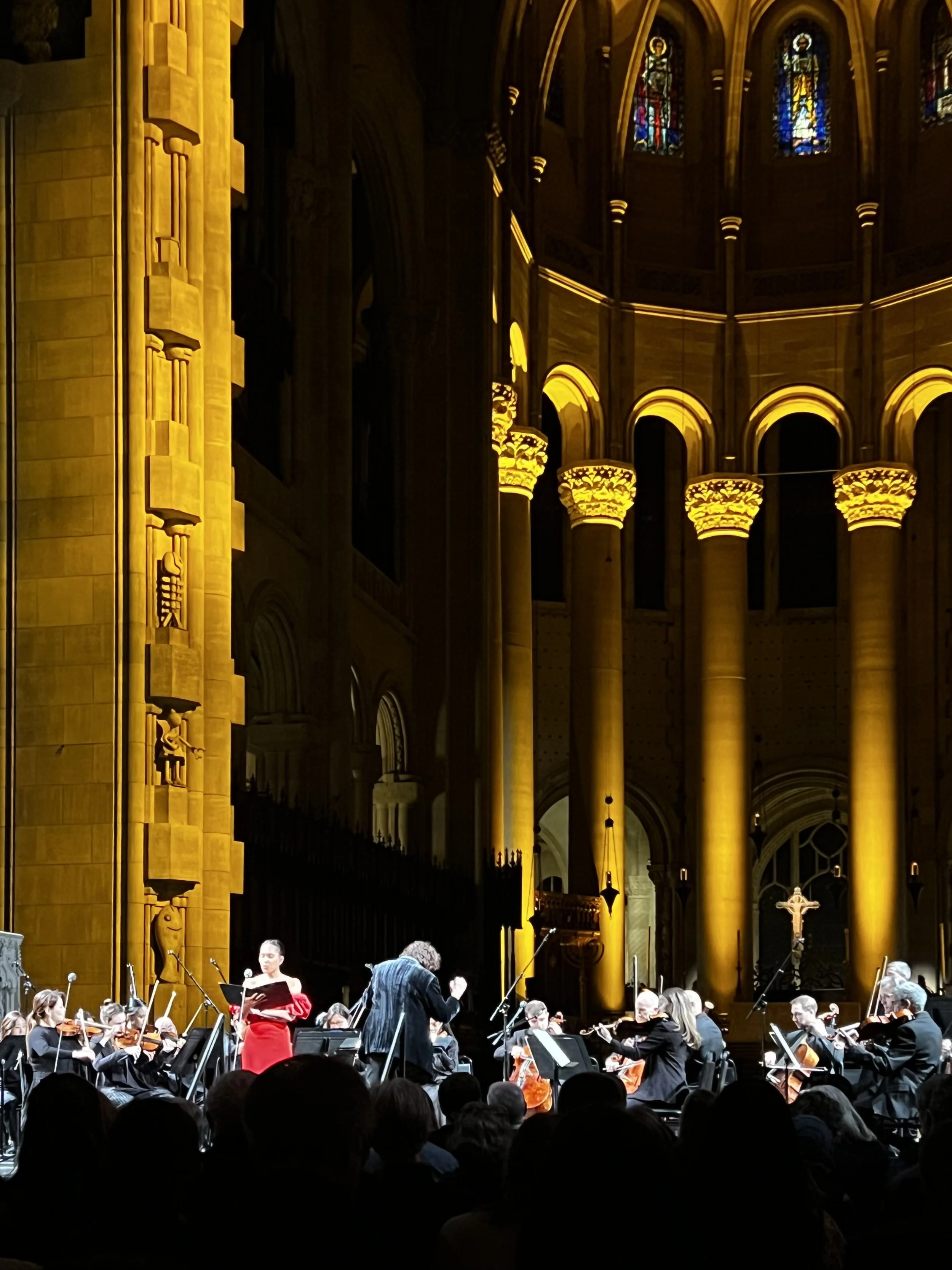By Dr. Susan Mandel, Project AWE
Image 1: Albrecht Dürer, Virgin and Child with Saint Anne, oil on panel, 60 cm (23.6 in) x 49.8 cm (19.6 in), circa 1519, The Metropolitan Museum of Art, New York.
During a discussion about religious and esoteric imagery depicted in the works of Albrecht Dürer (1471-1528), my colleague and I were viewing Dürer’s painting, Virgin and Child with St. Anne. Almost immediately something about the painting struck me as familiar (image 1).
As a physician, pattern recognition and gathering clues is part of my everyday experience. I noted the color of the shirt worn by the Virgin, and how my eye was drawn to its glow and shape. Looking closer, I was surprised to notice that the lines in the fabric of her garment resembled the striation of muscle fibers. The peculiar shape of her collar and sleeves also seemed familiar. It began to occur to me that what I was seeing resembled an anatomical drawing of a dissected heart, with the collar and sleeves suggesting the stumps of vessels that would have entered or exited this vital organ.
Fascinated by this observation, I began to search further. Although not immediately apparent, I observed that the fabric draped over the Virgin’s left arm is a deep blue color. The infant, and the right arm of the Virgin, are blanketed in red. Arteries and veins came to mind. Arteries are classically depicted in red, veins in blue. On one side of the heart, oxygenated blood exits the heart via arteries, while deoxygenated blood returns via veins to the other side of the heart, on its way to the lungs.
These two colors have become associated with Mary, as she is typically represented wearing a blue cloak with a red garment underneath.
“Deeply rooted in Catholic symbolism, the blue of her cloak has been interpreted to represent the Virgin’s purity, symbolize the skies, and label her as an empress, for blue was associated with Byzantine royalty. Her shirt’s red color signifies love, passion, and devotion—all traits connected with motherhood and exemplified by Mary’s presence at the Crucifixion.”
Image 2: Leonardo da Vinci, Madonna and Saint Anne, oil on wood, 168 cm × 112 cm (66 in × 44 in), c. 1503, Louvre Museum, Paris.
The Italian master Leonardo da Vinci’s (1452-1519) Madonna and Saint Anne is dated 1503 (image 2), while Dürer’s painting, Virgin and Child with Saint Anne, is presumed to have been painted around 1519. Interestingly, Leonardo has likewise depicted the Virgin’s colors with the blue cloak on her left shoulder, but with the red garment exposed on her right shoulder. Could this parallel to Leonardo’s depiction of the virgin by Dürer be more than coincidence? Is it possible Dürer is acknowledging his awareness of the traditional colors of Mary but inventing a new visual symbolism of vessels exiting and entering the heart?
As we look to the history of representation of the Virgin, as far back as the 11th century, The Immaculate Heart of Mary has been a devotional phrase used to refer to the interior emotional life of the Blessed Virgin Mary (footnote 2). This concept reflects her virtuous life devoted to God, her compassionate love for mankind, and above all, her status as a Mother for a Divine Son. In the 17th century, Mary came to be often depicted with her heart visible as if beating outside her chest, suggesting that her love is literally visible (images 3 & 4).
Image 3: Miguel Ballejo y Mandirano, Detail of Heart of Mary, oil on canvas, 30 in x 22 in., c. 1750, The Bowers Museum, Santa Anna, Donated by Mr. Gene R. Wood.
Image 4: Leopold Kupelwieser, Immaculate Heart of Mary, 19th century, oil, 30 in x 22 in., c. 1750, Peterskirche, Vienna.
Image 5: Leonardo da Vinci, drawing of the heart and its blood vessels, anatomical notebooks, Biblioteca Ambrosiana, Milan.
If Dürer indeed intended to represent the heart and its functions, how would he have this information at hand? In early 1500s, dissection of the body for the purposes of study, and certainly the anatomical representation of organs in works of art, was still scarce. One obvious exception was, of course, Leonardo da Vinci. His precise drawings of the human heart to this day astonishes any surgeon or individual who has studied anatomy (image 5). In Dürer’s time, however, Da Vinci’s dissection-related sketches were still forbidden and hence unpublished. It is possible that Dürer would have seen it during his travels to Italy.
Dürer was likewise extremely interested in the workings of the human body, which is reflected in his 1528 Four Books on Human Proportions (Vier Bücher von Menschlicher Proportion). Skeletons make many appearances in his paintings, drawings, and prints, often as references to Death (image 6). It is known that Dürer had at least some access to Leonardo’s manuscripts.
Image 6: Albrecht Dürer, Death riding, Charcoal drawing, 1505, British Museum, London.
“In 1505 Dürer went to Venice to find out what the Italians could teach him on the subjects of perspective and human proportion. His search seems to have led him to Luca Pacioli, Leonardo’s friend, whom he found at Bologna. It is possible that Dürer met Leonardo there. Whether this were so or not, Leonardo’s influence on Dürer is revealed by the discovery of several sheets containing copies of Leonardo’s notes on dragons, horses, and anatomy: these last consist of drawings of the bones and contours of the arm of a monkey and a human being. Several of Dürer’s notes suggest an acquaintance with Leonardo’s Treatise on Painting. Leonardo’s influence on Dürer’s studies in human proportion has been substantiated by Panofsky.”
Image 7: Albrecht Dürer, The First Knot (with a heart-shaped shield), after Leonardo da Vinci design, woodcut, 27 cm x 21 cm (10.6 in x 8.2 in), c. 1506, National Gallery of Art, Washington.
Another outcome of Albrecht Dürer’s time in Italy, sometime around 1506, was that he designed a series of six ornate woodcuts with patterns copied (or likely traced) from a set of engravings by the school of Leonardo da Vinci (footnote 4, image 7).
It is logical to consider that Dürer could have looked to Leonardo for a more scientific representation of the heart. The evidence of Dürer’s exposure to Leonardo’s notebook, his copying of Leonardo’s knot designs, the parallel depiction of the Virgin’s blue cloak draped on one arm while revealing the red undergarment on the other, along with the significance of the Immaculate Heart of Mary in Christianity, all taken together appear to provide support for what I have initially observed.
This then begs the question: In Virgin and Child with Saint Anne, could one of the many layers of meaning to be discovered in this painting include Dürer’s portrayal of Mary’s spiritual heart using what would have been a cutting edge scientific and anatomic understanding of this vital organ?
Footnotes:
(1) Mary and the Colors of Motherhood, exhibition at The National Museum of Women of the Arts, February 2015.
(2) The Immaculate ‘Art of Mary, The Bower’s Museum Blog, September 2019.
(3) Keele, Kenneth, Leonardo da Vinci’s Influence on Renaissance anatomy, PubMed Central, NIH National Library of Medicine, Medical History 1964 October 8(4), 364.
(4) Costello, Eileen Elizabeth, Knots Made by human hands: copying, invention, and intellect in the work of Leonardo da Vinci and Albrecht Dürer, Athanor 2005, 23.
About the author:
Dr. Mandel is a board-certified Internal Medicine physician in private practice in Beverly Hills. In addition to the healing arts, she has had a lifelong interest in the Tarot and its symbolic representations, as well as the metaphysical/mystical and in exploring the nature of existence and reality.
Dr. Mandel is on the medical staff of Cedars-Sinai Medical Center, and an Associate Clinical Professor at David Geffen School of Medicine at UCLA where she teaches medical students. She is a Fellow of the American College of Physicians. She is dedicated to charitable work and to the integration of the Western and Eastern approaches to medicine. Prior to entering private practice, she served for thirteen years as the Medical Director of the Los Angeles Free Clinic (currently known as Saban Community Clinic) providing comprehensive free health services for the uninsured or underinsured. While at the clinic, she applied for and received a grant to start an Integrative Medicine and Wellness Program on-site. Patients were able to access such services as Traditional Chinese Medicine acupuncture/Chinese herbs, homeopathy, and wellness programming. She has studied Spiritual Medicine and is a Reiki Practitioner.
Dr. Mandel received numerous awards for her work at the clinic, including the Los Angeles County Woman of the Year by LA County Board of Supervisors. Buzz Magazine named her as one of the Buzz 100: 100 Coolest People in LA. She currently serves on the board of the Lung Cancer Foundation of America and on the Quality Improvement Committee of the Saban Community Clinic.


